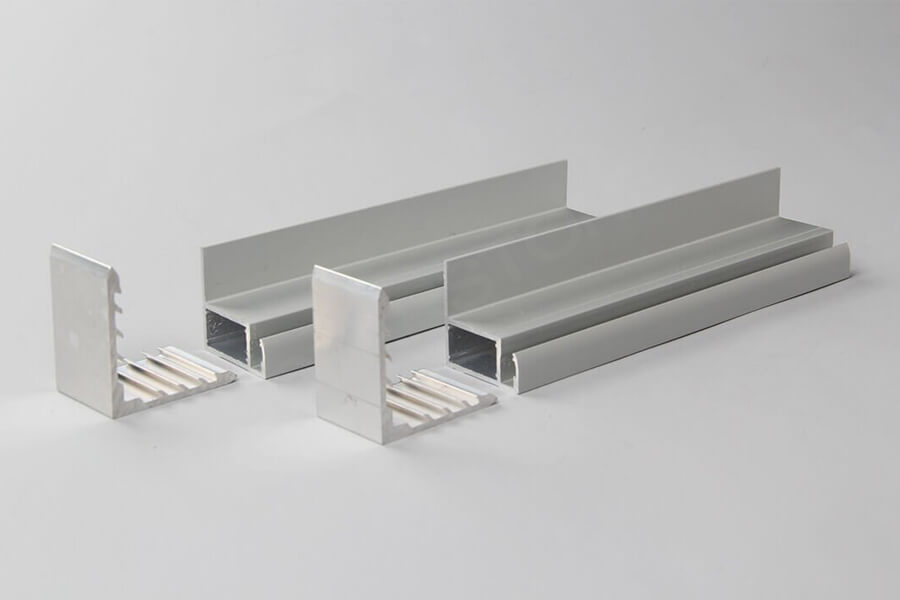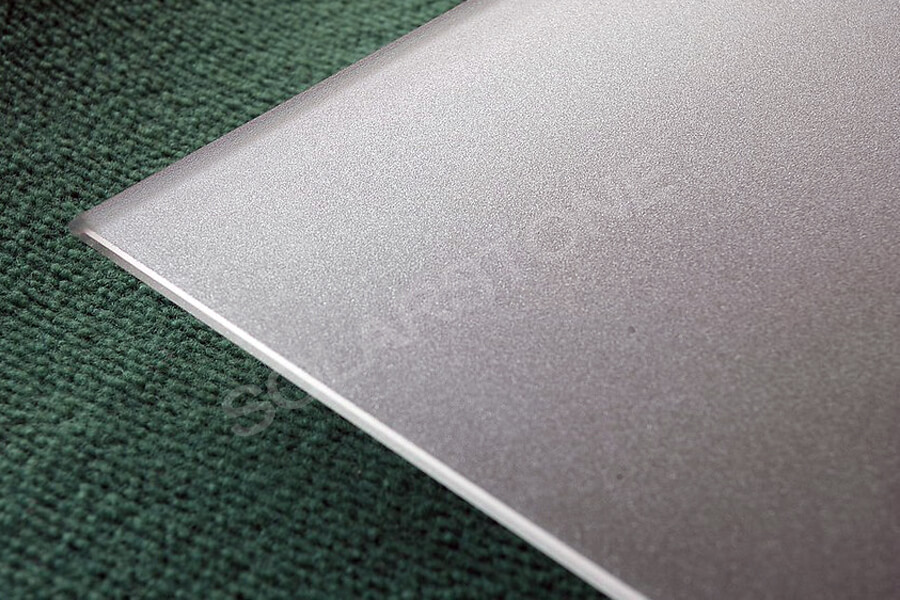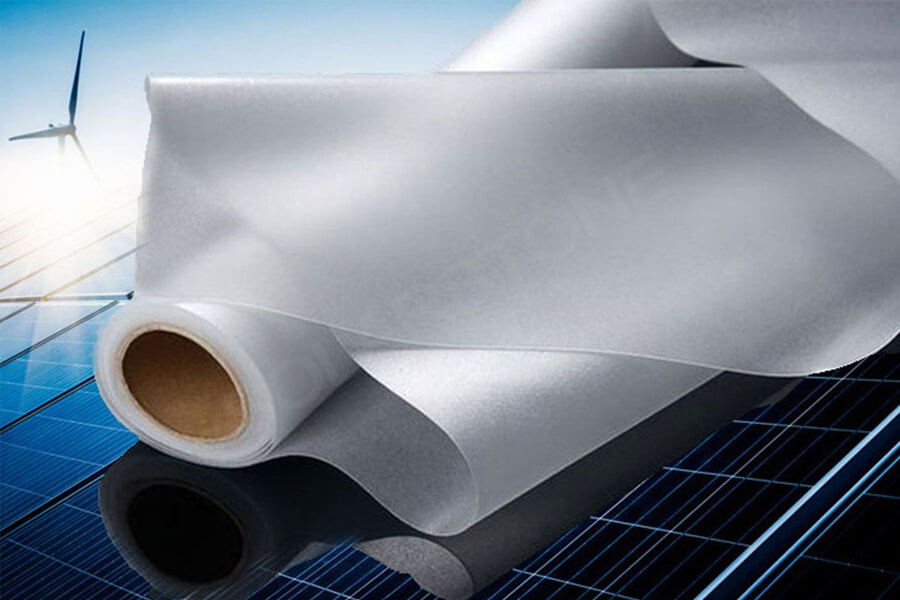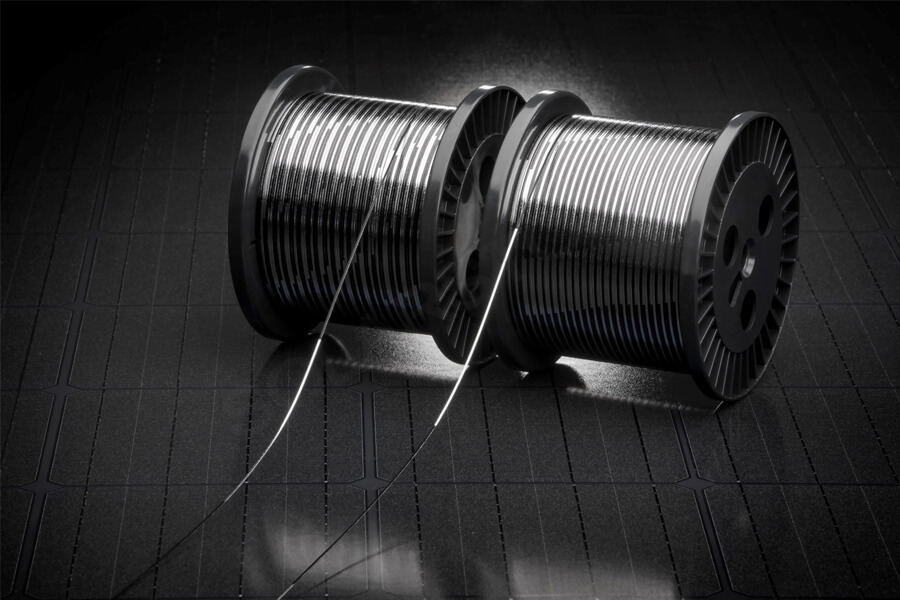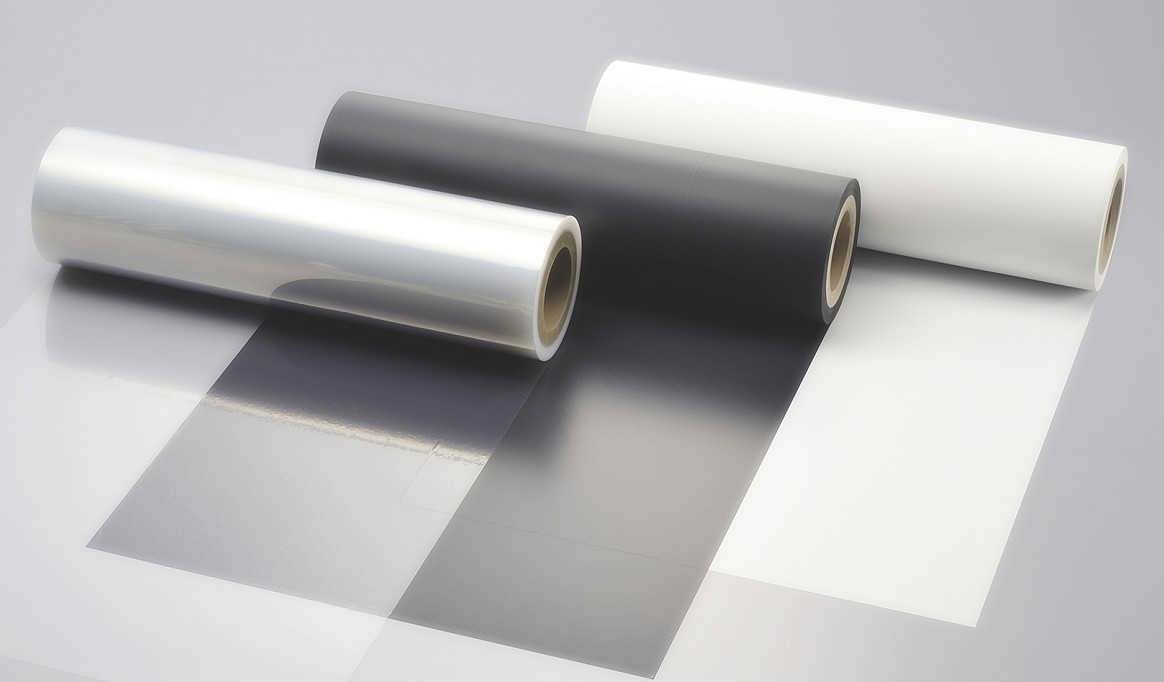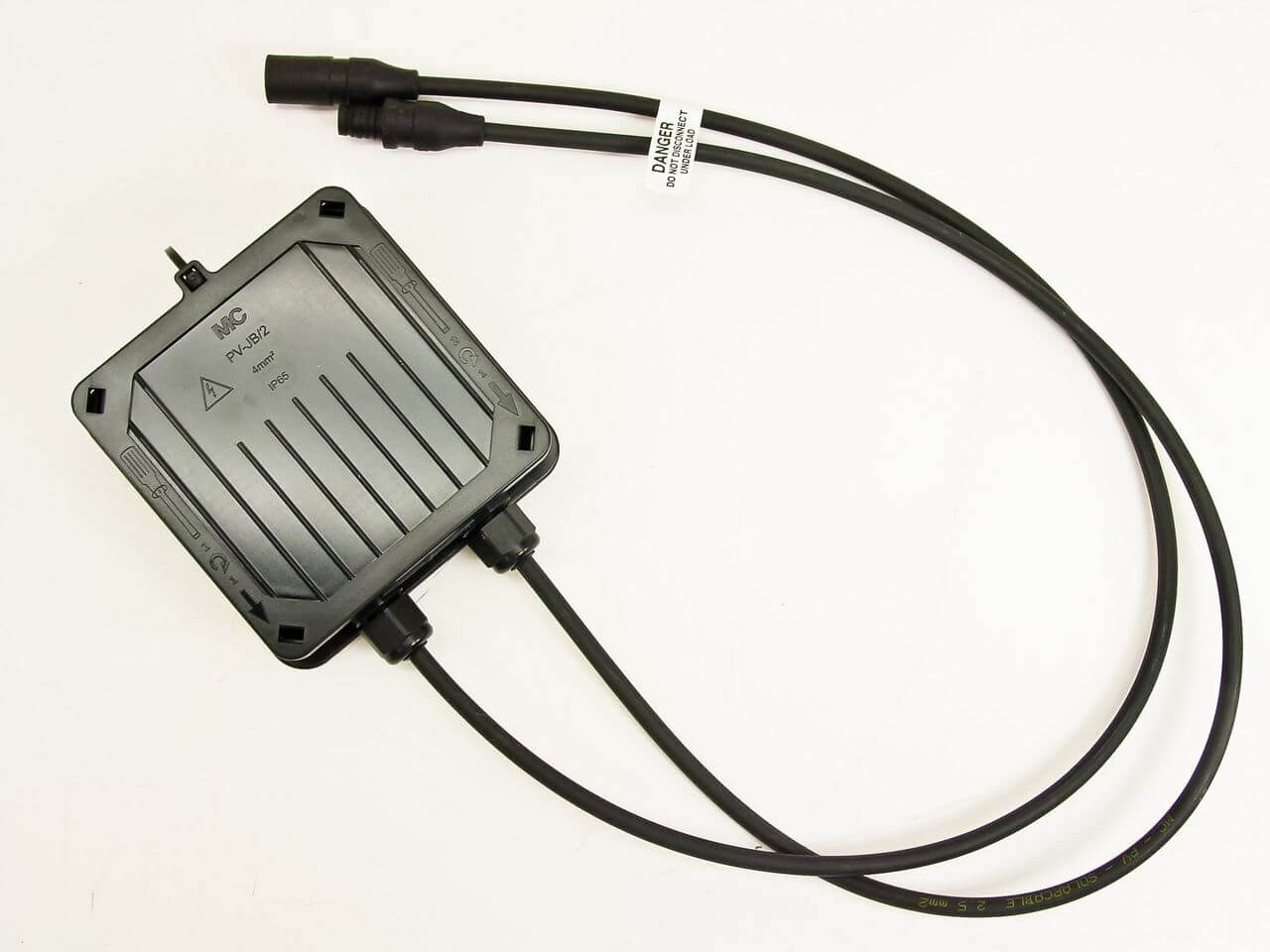Although the composition materials of photovoltaic power generation systems vary, all solar modules include several layers of materials from the facing surface to the backlighting surface. The sunlight first passes through a protective layer (usually glass), and then enters the interior of the solar cell through a transparent contact layer.
At the center of the solar module is the adsorbent material, which absorbs photons and completes the “photogenerated current”. The semiconductor materials among them depend on the specific photovoltaic system requirements, and photovoltaic modules are mainly composed of eight major materials.
1. Aluminum alloy frame
The functions include:
Protect glass edges; Aluminum alloy combined with silicone edging enhances the sealing performance of solar modules; Greatly improving the overall mechanical strength of solar modules; Facilitate the installation and transportation of solar modules;
The link carrier that carries solar modules and supports can achieve optimal load-bearing capacity through fixation, from unit fixation to integration, improving the mechanical capacity of the power station system.
2. Silicone gel
Used for bonding and sealing laminated glass photovoltaic modules, bonding junction boxes and backboards, and enhancing the UV resistance of photovoltaic modules.
3. Tempered glass
Low iron tempered suede glass (also known as white glass) has a transmittance of over 93% in the wavelength range of solar cell spectral response (320-1100nm), and has a high reflectivity for infrared light greater than 1200 nm.
This glass is also resistant to the radiation of solar ultraviolet light, and its transmittance does not decrease.
Glass should be clean and free of water vapor, and should not come into contact with the two surfaces of the glass with bare hands. It is generally used to support the structure of photovoltaic modules, enhance the load-bearing and load bearing of photovoltaic modules, and has the functions of transparency, anti reflection transparency, water resistance, gas resistance, and corrosion prevention.
4. EVA packaging adhesive film
The copolymer of ethylene and vinyl acetate is a hot melt adhesive. Used to encapsulate solar cells, prevent the external environment from affecting the electrical performance of solar cells, enhance the transparency of photovoltaic modules, and bond solar cells, tempered glass, and backplates together, with a certain bonding strength.
At the same time, it has a gain effect on the electrical performance output of photovoltaic modules.
5. Photovoltaic welding strip
Also known as tinned copper strip, it is mainly divided into interconnection strip and busbar. Interconnection strips are mainly used for the connection between solar cells, playing a role in conducting electricity and collecting current from solar cells;
The busbar is mainly used for connecting the solar cell strings of components, collecting the current generated by the solar cells into the junction box.
6. Solar cells
Solar cells are devices that directly convert light energy into electrical energy. It is made of semiconductor materials. By irradiating with sunlight, electron hole pairs are excited, and the separation of electron hole pairs is achieved using the electrostatic field in the P-N junction barrier region.
The separated electrons and holes are collected and output to the outside of the solar cell through the electrode, forming a current.
7. Backboard
Used as packaging materials for back protection, the most common types include TPX, KPX, and PET, which are used to enhance the aging and corrosion resistance of photovoltaic modules and extend their service life; The white backplane scatters the light incident inside the PV module, improving the light absorption efficiency of the PV module.
At the same time, because of its high infrared emissivity, it can also reduce the operating temperature of the PV module; Simultaneously improving the insulation performance of photovoltaic modules.
8. Junction box
Installed on photovoltaic modules, it plays a role in transmitting current and has good electrical performance. At the same time, the design and size of the junction box must meet the requirements of the usage environment, including electrical, mechanical, heat resistance, corrosion resistance, and weather resistance. At the same time, it cannot cause harm to users and the environment.


